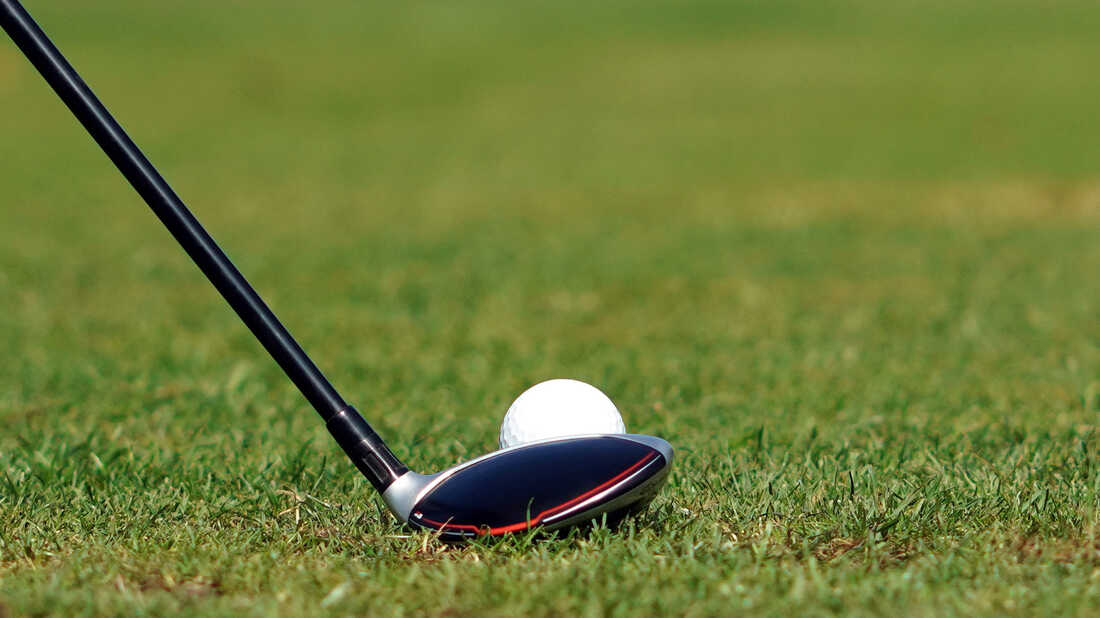SPORTS PROBLEM: How Can Golf Courses Better Conserve Water Resources and Save Money? We all have heard the news tales about how California is attempting to deal with the historic drought that has severely impacted their nation. Since California is also home to many superb golf guides, how are the golfing direction superintendents managing the many restrictions on them in restricting water usage, and how can courses someplace else better address this trouble? INTELLIGENT SPORTS SOLUTION: The USGA is employing several new and progressive sensible answers to the ongoing issue of water conservation. Most new grasses are being developed and examined to determine which ones are first-rate and suitable for the exceptional environments in which they could be utilized.

Improved Grasses that Require Less Water
Since 1982, the United States Golf Association has allotted over $18 million via university software to analyze golf-related environmental troubles, with a unique emphasis on improving new grasses that use much less water and require less pesticide use. For instance, several improved cultivars of buffalograss (Buchloe dactyloides), a local of the American Great Plains, have been developed with turfgrass breeders at the University of Nebraska. This grass can replace high water use grasses on fairways and roughs in a huge Mid-West geographic region, resulting in 50% or more water savings.
Improved cold-tolerant, seeded-type bermudagrass (Cynodon dactylon) cultivars had been evolved by breeders at Oklahoma State University, permitting this pressure-tolerant, low water use grass to be set up inside the transition area as a substitute for excessive water use cool-season grasses. Water savings of 30% to 50% or more may be realized. When the Ruby Hill G.C. Pleasanton, CA, was built numerous years ago, its fairways and roughs were installed to bermudagrass instead of the cool-season grasses used at nearly all other guides in Northern California. They estimate a water savings of about forty compared to comparable publications using cool-season grasses.
Turfgrass breeders at the University of Georgia have advanced improved cultivars of beach paspalum (Paspalum vagina tum). This extremely salt-tolerant grass may be irrigated with high-salt or brackish waters with little impact on turf first-rate. Cultivars are available for greens, tees, fairways, and roughs, and a few may be rinsed with water immediately from the ocean!
Ongoing breeding work on zoysiagrass (Texas A&M), Saltgrass (Colorado State and Arizona State), annual bluegrass (Minnesota and Penn State Universities), alkali grass (Loft’s), fairway crested wheatgrass (Utah State), colonial bentgrass (Univ. Of Rhode Island) and some of the grass species at Rutgers University and other business seed agencies, will offer new grass sorts for golf that reduce water and pesticide use for decades to come back.
New Irrigation System Technologies
Tremendous strides have been taken in recent years to improve irrigation device efficiency via technology, which includes using state-of-the-art on-site climate stations, weather reporting services, and different sources to determine accurate day-by-day irrigation substitute needs, for this reason, lowering over-irrigation. In addition, there is also a full-size attempt to conform various sensors to evaluate turf soil moisture substitute wishes, along with tensiometers, porous blocks, warmness dissipation blocks, neutron probes, and infrared thermometry.
Improving irrigation uniformity through cautious evaluation of sprinkler head design, nozzle choice, head spacing, pipe size, and strain choice. The Center for Irrigation Technology (CIT)(Cal State University at Fresno, 5370 N. Chestnut, Fresno, CA 93740; cellphone 209-278-2066) combines sprinkler uniformity and relative turfgrass fine wishes to reap the finest water savings possible on golf courses and other turf areas. Many golf course irrigation layout corporations and character golf guides mechanically use CIT services to lessen golfing path water and electricity intake.
Using the latest automatic control systems, portable handheld controllers, and variable frequency pressure pumping systems to use water in the greenest manner to reduce water and energy intake. Considerable savings of water and electricity assets may be achieved with these techniques. For example, the SCGA Members Club in Murrieta, CA, recently mounted a new, present-day irrigation system and has reduced water use by approximately 35%. And because they can complete their irrigation timetable in a slender window in the middle of the night hours, their tremendous strength costs have been reduced by approximately 50%.
READ ALSO :
- It’s 2017. However, Xiaomi continues to fool users with phones that run 2-12 months-old Android.
- More About The Sony Xperia S
- Windows 10 S Review: Pros and Cons of New Microsoft Operating System
- How to Select a Good Home Security Camera System?
- Tips on Conserving Our Water Supply












